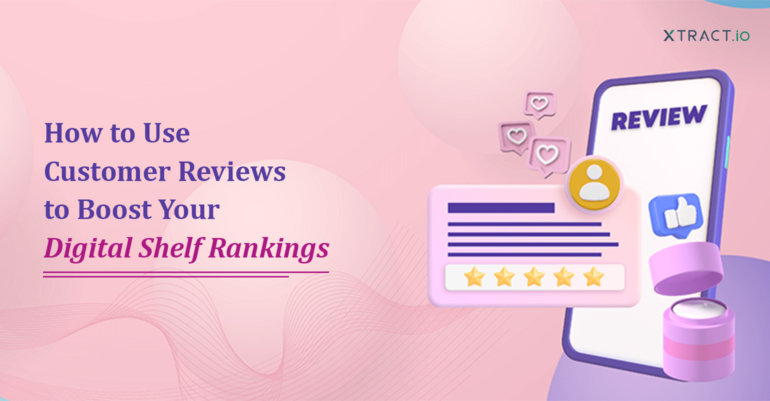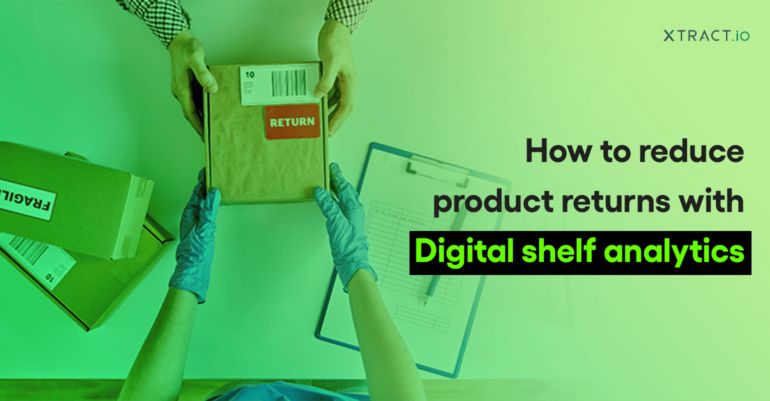Digital shelf optimization is crucial for brands to differentiate themselves and seize a substantial portion of the market. The COVID-19 pandemic has transformed retail, taking the spotlight as more brands and retailers shifted online, adopting an omnichannel approach. Consequently, online stores have skyrocketed to over 24 million, each targeting the same customers.
Optimizing product pages and digital content is necessary for the products to stand out. Brands must ensure their products put their best face forward digitally with compelling descriptions, images, videos, reviews, and other rich media so that they can convert browsers into buyers. By optimizing for digital shelf presence, your brand can effectively impact amid fierce market share competition.
Why does Digital shelf optimization matter?
Like aisles in a physical store, the ‘digital shelf’ represents all online touchpoints where customers find your products. It can be your online store to third-party marketplaces. You must be visible online to ensure customers choose your products over competitors. However, the extreme competition makes appearing on the first page difficult.
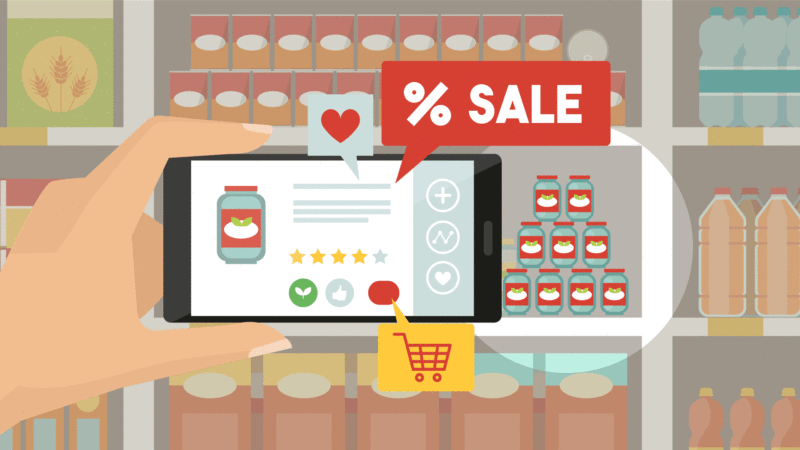
Digital shelf optimization requires continuous monitoring, and reviewing factors like product information, the share of search, stock availability, ratings and reviews, competitor pricing, and more that influence your discoverability and conversion rates. Manually monitoring multiple factors of digital shelves across countless marketplaces and sales channels is no longer practical in today’s digital landscape.
Retailers and brands need real-time performance insights to continuously optimize their digital shelf presence. Advanced digital shelf analytics tools can provide this visibility into key metrics and help brands identify competitor performance to alter their strategy and emerge at the top.
Best practices for Digital shelf optimization
To tackle significant digital shelf optimization challenges, your brand should focus on these top five practices:
1. Enhance your product listings for better search visibility
Almost 90% of online inquiries start with a search, and shoppers rarely look past the first page of search results. Brands must ensure their customers can quickly locate their brand in search results. With advanced digital shelf analytics, you can monitor the search engine rankings, benchmark against competitors, and optimize listings to improve discoverability and conversions.
Powerful digital shelf analytics provides invaluable data to analyze what SEO strategies work for leading competitors, identify potential high-value keywords to target, ensure correct product categorization across your channels, and optimize to remain competitive. This holistic view allows brands to identify SEO gaps, trends, and optimization opportunities to improve overall search visibility substantially. These insights are key to leading the digital shelf and outranking rivals in organic searches.
2. Keep the inventory levels at an optimal level

Out-of-stock products are a major turn-off for customers, and brands risk losing sales and customers to competitors if they consistently face stock-outs. To optimize inventory levels, brands need more than just product forecasts.
With rich historical data and real-time monitoring, you can accurately predict demand direction and velocity for maximizing sales. This enables brands to optimize stock levels across regions, reducing waste from oversupply while minimizing lost sales from stock-outs.
Additionally, these data-driven inventory insights allow your brand to capitalize on market opportunities in situations where competitors are experiencing supply shortages due to poor inventory management.
Comprehensive data analytics provides insights into daily top-seller demand, real-time seasonal impacts, and competitor sales activity, allowing you to understand purchase patterns and inventory needs.
3. Optimize the product descriptions and images
To make products visible on the first page and attract more customers, brands and retailers must create high-quality product descriptions, incorporate relevant SEO keywords, and include attractive images showcasing the products.
Today’s online shoppers are savvy, looking for the best deals and comprehensive product information before purchasing. Ensuring your product listings have accurate, detailed features and specifications is vital to satisfying customer needs.
Using digital shelf analytics like DigiSense360 can help your business identify the most effective keywords and highlight the most persuasive product attributes. This includes value propositions, closely tracking competitors’ search rankings, and iteratively optimizing product content for better engagement and increased conversions.
4. Analyze the customer perception of your brand
Product reviews offer invaluable consumer perspectives that can be used to your brand’s advantage. By analyzing feedback in customer ratings and reviews, you can identify opportunities to refine product attributes and messaging to better resonate with your target audiences. You can also gain visibility into negative reviews, which is critical to avoid damaging your brand image.

An effective strategy uses review and rating dashboards to summarize consumer ratings across categories, brands, and competitors. The aggregated data provides helpful high-level insights, allowing you to drill down into specific review details to inform product and marketing improvements, turning qualitative review feedback into actionable steps that boost customer satisfaction.
5. Offer the most competitive pricing
Price is the key driver for most purchasing decisions, so brands must closely monitor competitor pricing to remain competitive. You can identify and capitalize on competitors’ pricing gaps in the market using real-time tracking and automated pricing optimization.
The most effective pricing strategy analyzes multiple data factors – competitor prices, market trends, product demand, and visibility to generate accurate pricing recommendations tailored to each product. This granular approach enables comprehensive benchmarking against identical items and comparable competitor products. With data-driven pricing insights, brands can confidently set optimal prices that match or beat competitors.
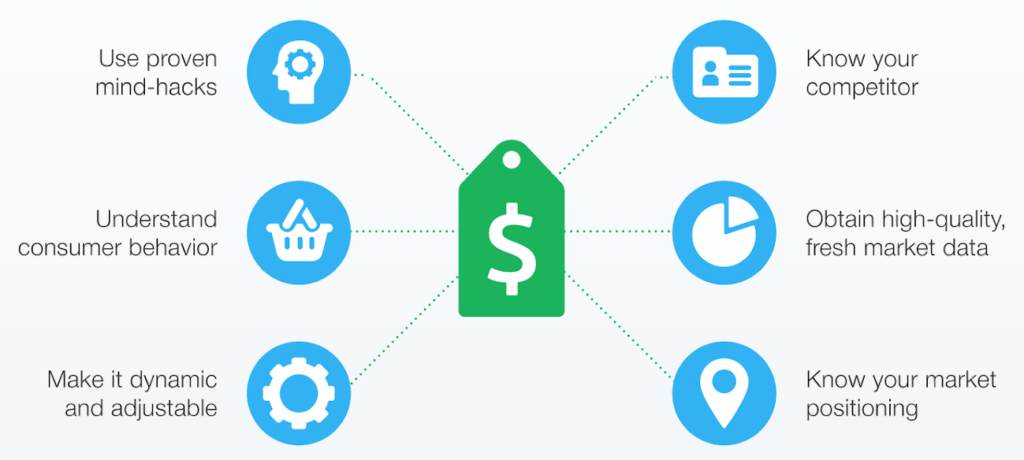
Brands can instantly detect changes and model the profit impact of aligning prices up or down. You can gain the pricing power to fluidly respond to shifts, maximize margins, and remain competitive as small price tweaks can substantially impact sales and profits.
Take complete control of your Digital shelf
Digital shelf optimization is integral to ecommerce success, and brands leveraging digital shelf intelligence will gain a competitive advantage. You can monitor performance and harness customer and competitor insights for optimization with real-time digital shelf analytics.
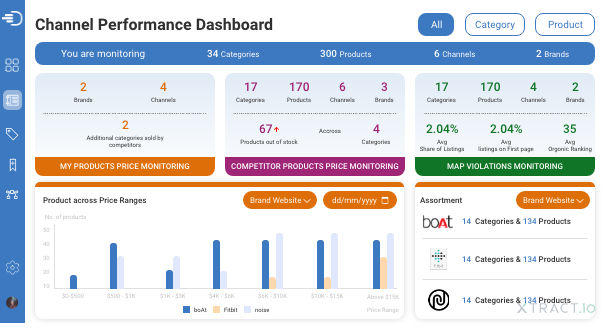
By adopting a data-driven approach, your brand can confidently make informed decisions about its digital shelf strategy using actionable intelligence. DigiSense360 is powerful analytics to provide real-time insights into your digital shelf performance with utmost accuracy. To connect with customers, benchmark against the competition, and ultimately drive online sales and revenue growth.
DigiSense360 is designed to streamline your optimization efforts, including competition monitoring, pricing intelligence, product visibility, brand reputation, stock availability, and more, to empower you to make data-backed optimization. You can quickly get complete visibility over your digital shelf performance with comprehensive dashboards and seamless integrations in your brands’ tools and marketplaces.
By following the best practices outlined above, you can address critical digital shelf optimization challenges and take complete control of your digital shelf. Learn more about DigiSense360 from our free demo.



